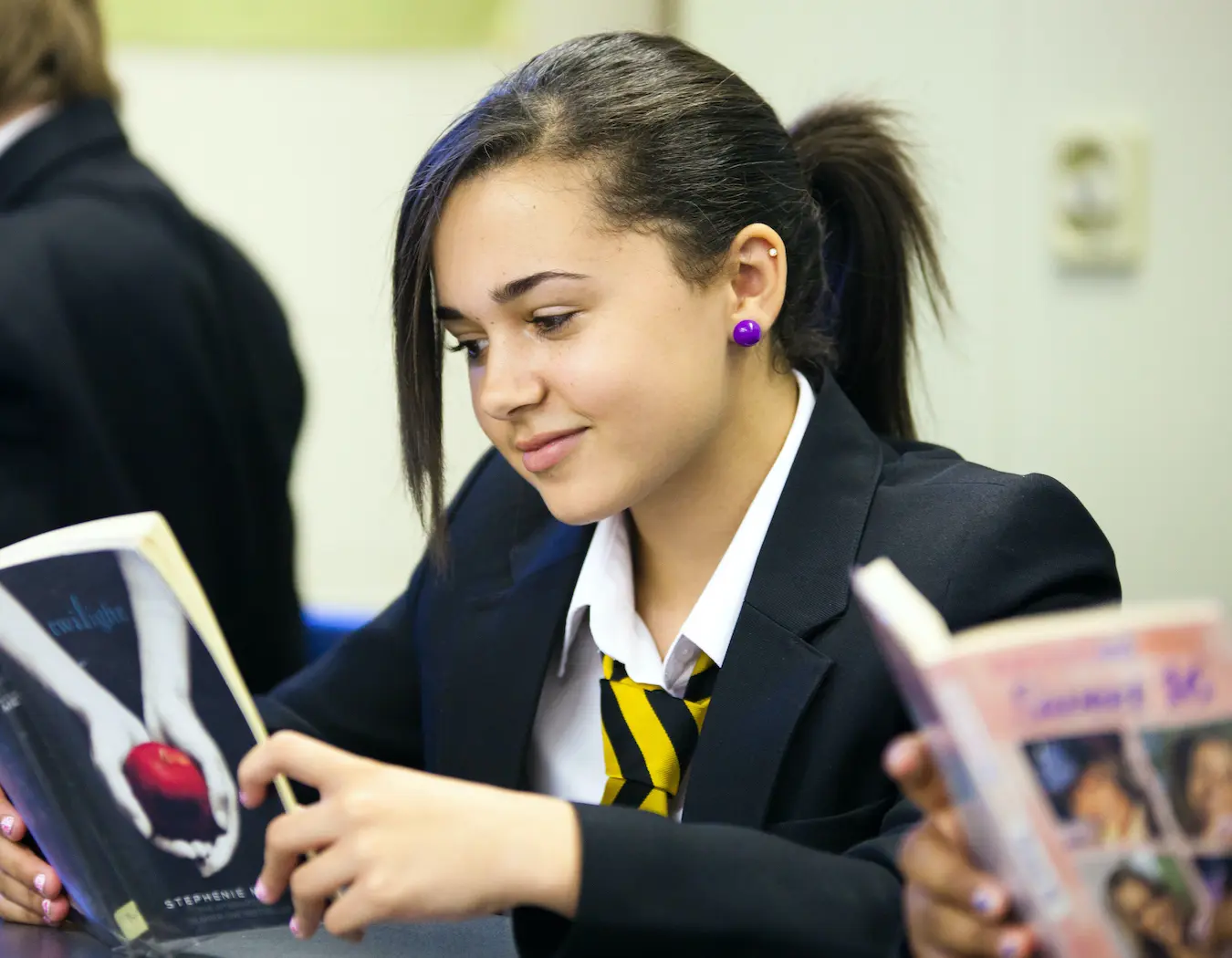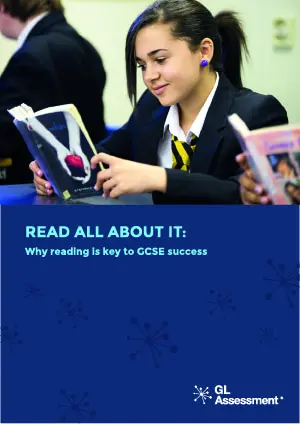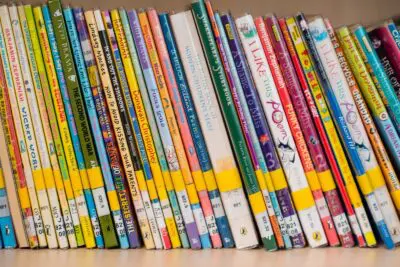
Reading: the master skill
By Alex Quigley, critical friend to the Blackpool Literacy Project

New study highlights the importance of reading to the whole school curriculum
Did you know that 25% of 15 year-olds in the UK have a reading age of just 12? Or that students who are weak readers are as likely to struggle in maths and science at GCSE, as they are in English?
This website explores one of the largest studies of students reading, as well as providing you with ideas, case studies and commentary from schools, localities and Trusts involved in closing the reading gap. Particular focus is given to the Blackpool Key Stage 3 Literacy project, a targeted initiative that aims to raise the reading abilities of children in one of the most challenging areas of the country.


By Alex Quigley, critical friend to the Blackpool Literacy Project

Our analysis of New Group Reading Test and GCSE data

Stephen Tierney on the Key Stage 3 Literacy Project in Blackpool

South Shore Academy in Blackpool highlights the impact of Literacy Project

One school’s approach to tackling oracy as well as literacy

Supporting children with SEN by Dr Adam Boddison
Do you know how your students compare nationally, which need support and what that support should look like?
They need to know why literacy is so crucial and what it means for the teaching of their subject.
It is not the sole responsibility of any one department.
Use it not only to measure progress but also to identify and diagnose potential problems.
Make one or two big changes and stick to them.
Get children into the habit of reading as soon as they start school in the morning.
Teach children how to get the most out of them and don’t rely on handouts.
Introduce reading materials into each subject that acquaint children with specific subject vocabulary and concepts.
Colleagues have to know what the data is telling them and where students need to be supported or stretched.
To be sustainable, progress has to be properly embedded, so don’t introduce students to material they can’t fully access.